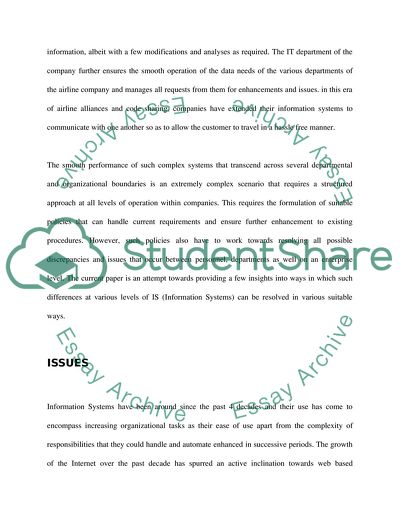Cite this document
(“W4-Policy, Team, and Information Technology Differences Essay”, n.d.)
W4-Policy, Team, and Information Technology Differences Essay. Retrieved from https://studentshare.org/information-technology/1554518-w4-policy-team-and-information-technology-differences
W4-Policy, Team, and Information Technology Differences Essay. Retrieved from https://studentshare.org/information-technology/1554518-w4-policy-team-and-information-technology-differences
(W4-Policy, Team, and Information Technology Differences Essay)
W4-Policy, Team, and Information Technology Differences Essay. https://studentshare.org/information-technology/1554518-w4-policy-team-and-information-technology-differences.
W4-Policy, Team, and Information Technology Differences Essay. https://studentshare.org/information-technology/1554518-w4-policy-team-and-information-technology-differences.
“W4-Policy, Team, and Information Technology Differences Essay”, n.d. https://studentshare.org/information-technology/1554518-w4-policy-team-and-information-technology-differences.


